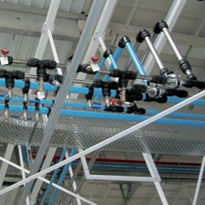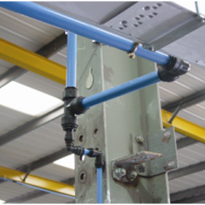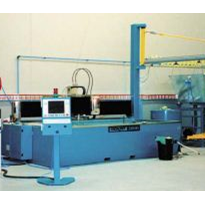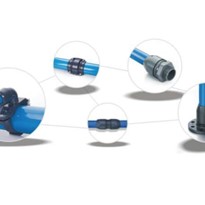Warm summer months are especially problematic for compressed air systems sensitive to water contamination. Moisture in compressed air systems is the target contaminant in many popular surface finish and spraying operations. Water not only causes poor aesthetic qualities right off the line, but is also responsible for other less obvious issues like adhesion problems that only show up after some time has passed, or equipment continuously taken offline for cleaning or repairs due to water.
Some examples of common problems:
- Moisture in sandblasting equipment. Moisture causes the media to stick together causing clogging and inconsistent airflow. Significant downtime is needed for disassembly and cleaning.
- Moisture in finish/paint spraying applications. Moisture is typically more dense and immiscible in the bulk phase, laying directly on the part and causing blistered appearances and adhesion issues.
- Moisture in clear coats and lacquers on wood and furniture finishes leaves an unappealing hazed, cloudy/milky appearance.
The Solution
Unfortunately, the laws of nature are here to stay. This means that so long as we have warm temperatures and sources of humidity, there will be moisture condensing in compressed air pipes. The warmer the compressor intake air is, the more likely it will contain significant quantities of moisture when it is compressed and cooled. Fortunately, Donaldson has engineered products that eliminate the concern of this otherwise problematic situation.
Step 1 - Cool the air down: A refrigerated dryer or heat exchanger is the easiest way to remove the heat of compression along with the bulk water.
Use a Donaldson DF filter housing and coalescing element between the compressor or wet storage tank and the heat exchanger. Donaldson’s coalescing elements protect against sludge caused by compressor oils.
Step 2 - Remove condensate: Cooling the air will entrain moisture in the line. Donaldson M-grade coalescing filters use proprietary Ultrapleat™ Technology—a very special hydrophobic and oleophobic media with much more surface area than competitive “wrapped tube” type filters.
This Ultrapleat element slows the velocity of the air which reduces pressure drop and enhances removal efficiencies.
Step 3 - Remove gaseous water vapor: When the air leaves a refrigerated dryer it is fully saturated with water. Any cooling of the air from this point will cause water to liquefy. To remove water vapor and achieve extremely low-pressure dew points, use a Donaldson Ultrapac™ Smart heatless adsorption dryer.
The Ultrapac Smart is the ultimate in air drying when a compact, low-power, high-efficiency solution is needed.
Make sure that your coalescing filter elements and Ultrapac Smart is newly serviced for optimal protection against moisture this summer.


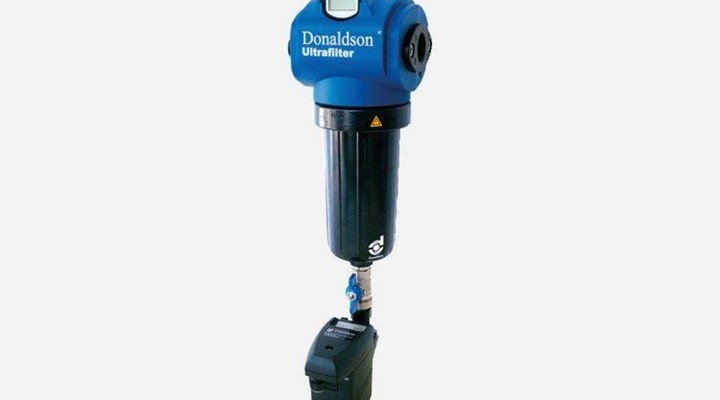
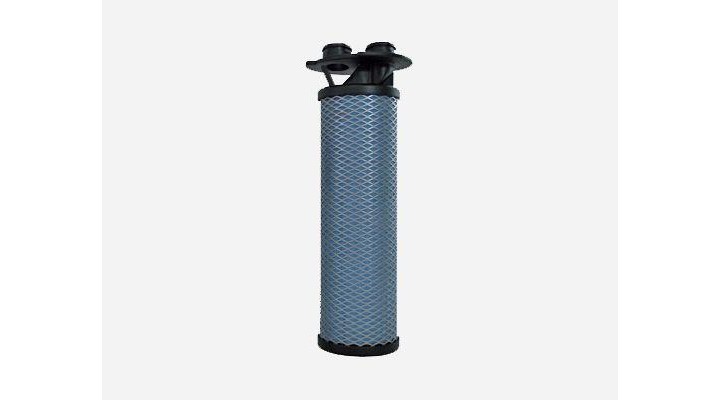


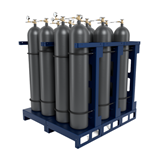
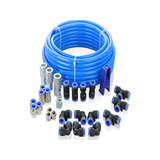
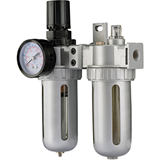


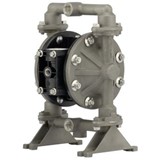
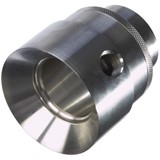
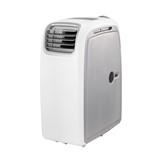
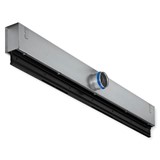
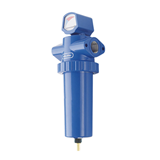
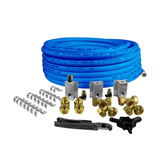

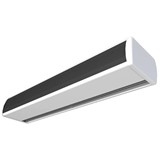
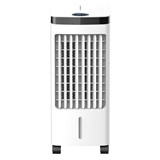
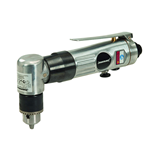
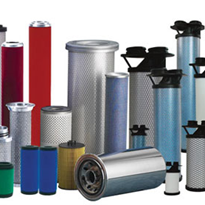
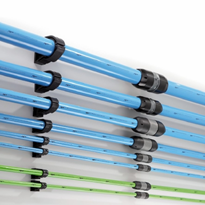
-205x205.jpg)
